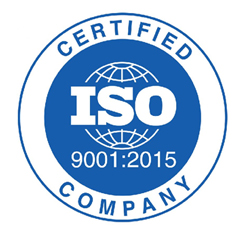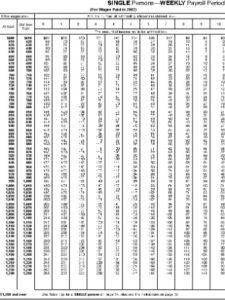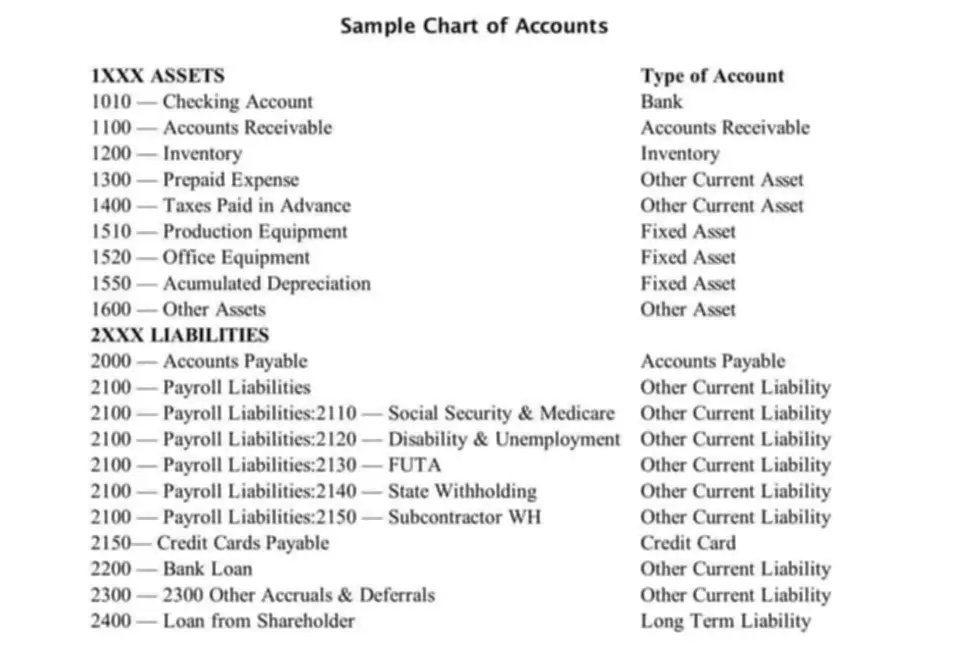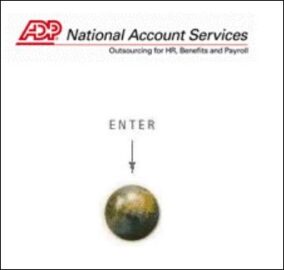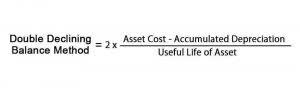On top of that, the app can automatically categorise your transactions, so finding the relevant data will be quick and easy. This is a large category as it includes everything from employee wages and maintenance costs to utility and rent bills. Taxes are also an expense, but in a formal statement of comprehensive income they should have their own section.
This gives investors and creditors a good idea of what the company’s assets and net assets are truly worth. Keep in mind, that we are not only adjusting the assets of the company, available for sale securities, we are also adjusting the net assets of the company, stockholder’s equity. The company might have paid $10 for the stock and now it’s worth $100 making the balance sheet misleading as to the true value of the company’s assets. To compensate for this, the Financial Accounting Standards Board (FASB) requires companies to use universal measurements to help provide investors and analysts with clear, easily accessible information on a company’s financial standing. Bear in mind that OCI is not the same as comprehensive income, though they certainly sound alike.
European Union formally adopts amendments to IAS 1 and IAS 8
It is typically presented after the income statement within the financial statements package, and sometimes on the same page as the income statement. A What is Legal Accounting Software For Lawyers, which covers the same period as the income statement, reflects net income as well as other comprehensive income, the latter being unrealized gains and losses on assets that aren’t shown on the income statement. The statement of comprehensive income gives company management and investors a fuller, more accurate idea of income. Therefore, total comprehensive income is the total net income and other comprehensive income (OCI). Whenever CI is listed on the balance sheet, the statement of comprehensive income must be included in the general purpose financial statements to give external users details about how CI is computed. The first step in creating an income statement is deciding on the reporting period for your report.
These materials were downloaded from PwC’s Viewpoint (viewpoint.pwc.com) under license. Over 1.8 million professionals use CFI to learn accounting, financial analysis, modeling and more. Start with a free account to explore 20+ always-free courses and hundreds of finance templates and cheat sheets.
Components of financial statements
Financial statements end with the net income, however, this net income only recognizes income and expenses earned or incurred over the financial period. The issuer also must disclose on the cover page to Form 10-K the amount of its public float as of the last business day of its most recently completed second quarter. Filings on Form F-4 by foreign private issuers are subject to an undertaking with respect to the age of financial statements that is not applicable to domestic registrants. Latest balance sheet must be as of a date no more than 134 days for non-accelerated filers (or 129 days for accelerated and large accelerated filers) before the effective date of the registration statement (or date the proxy statement is mailed).
- Accountants should be aware that foreign real estate holdings can also be subject to reporting on Form 8938, and the rules regarding real estate reporting can be complex.
- It is supposed to complement an organization’s income statement by providing a more complete view of a company’s financial performance.
- The results of these changes appear in the cash flow statement, but the overall impact these changes have on earnings is represented in the “comprehensive income” or “other comprehensive income” section of an income statement.
- Components of comprehensive income may not be presented in the statement of changes in equity.
- After consummation of the transaction, the registrant must file in a Form 8-K audited financial statements of the operating company, which will replace the shell’s historical financial statements (as predecessor of the registrant) in future filings.
A change in status could accelerate or decelerate the due date for that transition report (and subsequent periodic reports). For example, a non-accelerated filer could become an accelerated filer, or a large accelerated filer could become an accelerated filer. A company’s statement of profit and loss, also known as its income statement, has its drawbacks. For the most part, the statement accurately reflects a company’s past profitability and earnings growth—one of the primary determinants of a firm’s stock performance—but it remains a subjective measure, open to manipulation. In particular, companies have a fair amount of latitude on the timing and impact of the quarterly and annual charges and other expenses reported on the statement. The key difference between a statement of comprehensive income and an income statement is that the former includes a list of what’s known as ‘other comprehensive income’.
EFRAG endorsement status report 5 April 2023
Charlene Rhinehart is a CPA , CFE, chair of an Illinois CPA Society committee, and has a degree in accounting and finance from DePaul University. Further details of the Foundation’s Marks are available from the Foundation on request. If you have a business asset that’s worth more than it was when you purchased it, and you’ve not yet sold that asset, the difference between the old price and the new price is called an unrealised gain. That means all kinds of revenues are recorded in the revenue sections no matter those revenues are realized or not. [2] Generally, a reorganization with no changes in relative interests, no leverage, and no new classes of stock.
If you’ve not yet got all of the payments, your revenue comprises all of the money generated for your services throughout the reporting period. Sum up all of the items in the revenue line from your trial balance and enter the total amount. Even though the income statement is a standard tool for measuring a company’s financial health, it falls short in key areas.
What is Other Comprehensive Income?
Existing disclosures to either detail comprehensive income and all of its components at the bottom of the income statement, or on the following page in a separate schedule, have made analysis easier. A number of accountants have questioned why OCI is listed as part of equity on the balance sheet, but if you look carefully, there are a number of places to locate it and help determine the health and total economics of https://quickbooks-payroll.org/3-major-differences-between-government-nonprofit/ the underlying company. You’ll need to print a normal trial balance report to generate an income statement for your company. Administrative documents that indicate the end balances of each account in the general ledger for a certain reporting period are known as trial balance reports. Making balance sheets is an important part of making an income statement since it’s how a business collects data for account balances.
